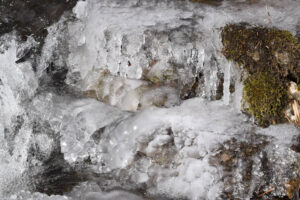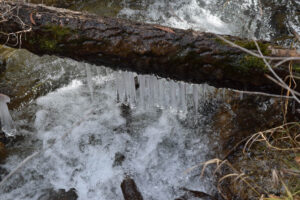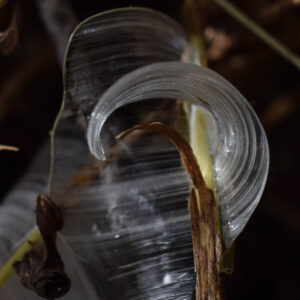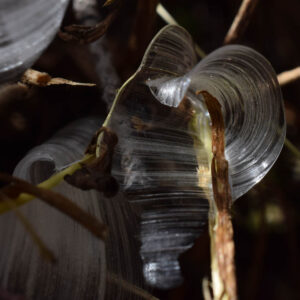Towards the end of May (roughly) is when all the spring ephemerals in the woods flower each year. It is an impressive display, but it is fairly brief. (You could say it lives up to the name ephemeral, I suppose.) I wanted to make a post about it, but with multiple years worth of photos, it was turning out fairly long, so I decided to make it a little series instead, and just spotlight one or two of the different species I’ve observed per post.
Wild Geranium

Wild geraniums are the most numerous of the spring ephemerals in our woods, which is part of their charm; it would be hard not to be impressed by the way they quite literally carpet large areas of the woods. I’ve tried many times over the years to capture a good sense of this in my photos, but although I’ve made some improvements and gotten some good photos, I’ve come to the conclusion that nothing will quite compare to seeing it in person. But that doesn’t stop me from trying to do the best I can with it.
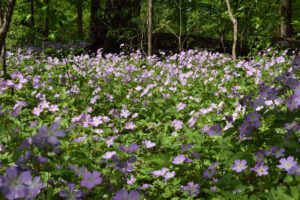
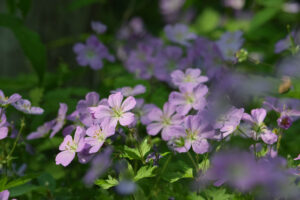
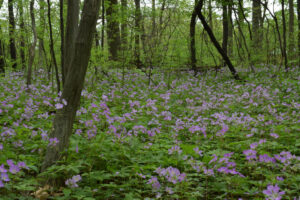
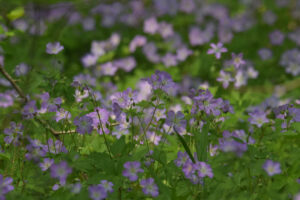
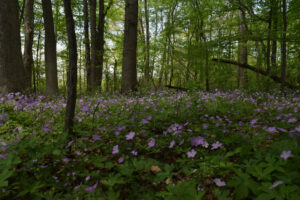
Like quite a few native wildflowers, wild geraniums have at least one specialist pollinator: the cranesbill miner bee (cranesbill is another name for the wild geranium). Being specialist pollinators means that these bees will only use wild geranium pollen for feeding their offspring, though the adults may visit other flowers for nectar.

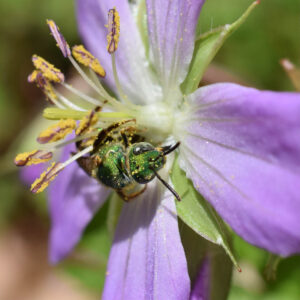
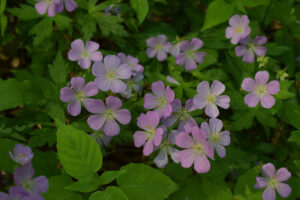
This certainly won’t be the last you see of the wild geraniums in this series; they show up alongside the other ephemerals in many of their photos, too.


